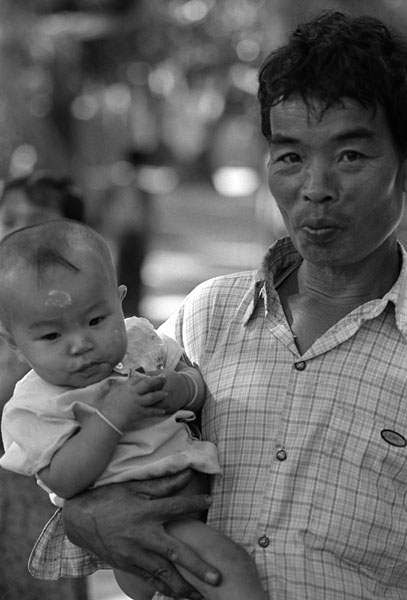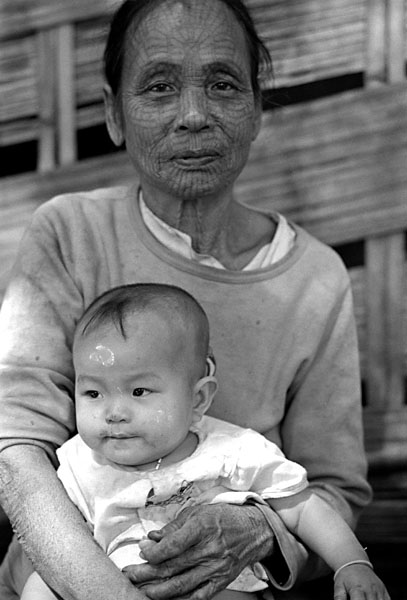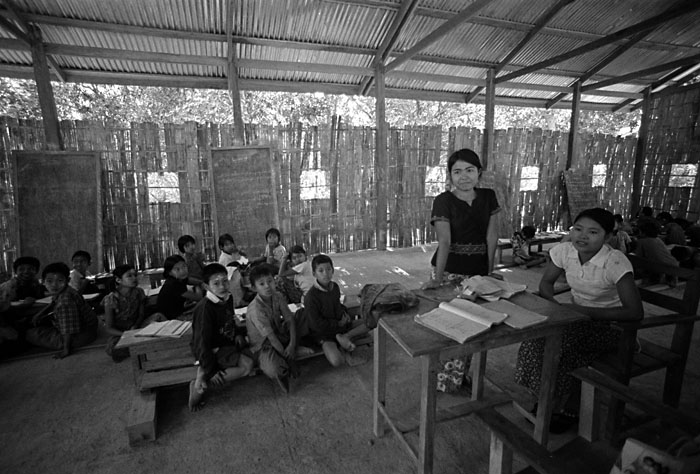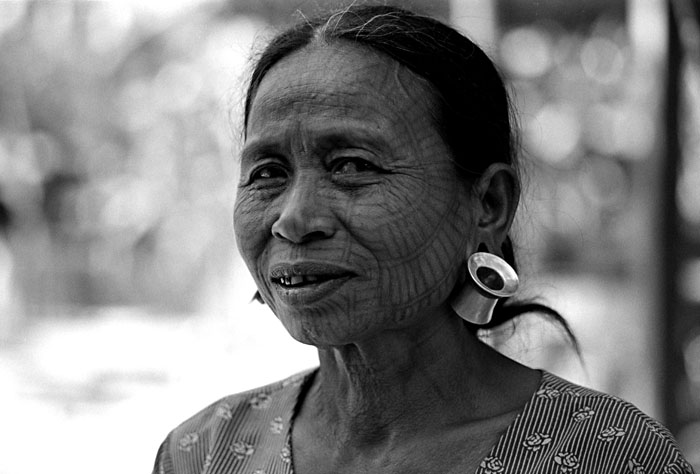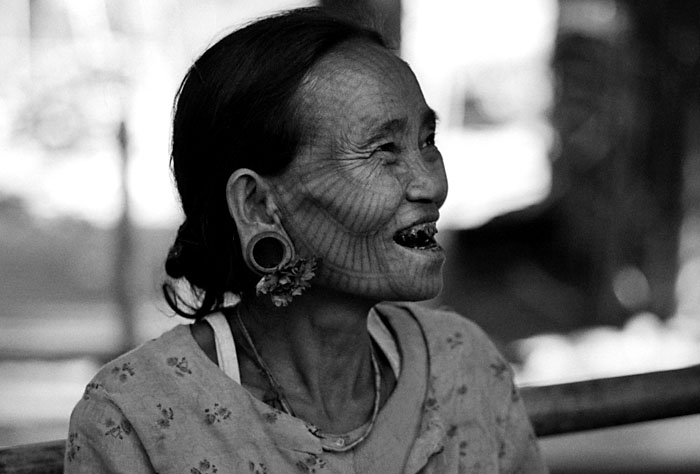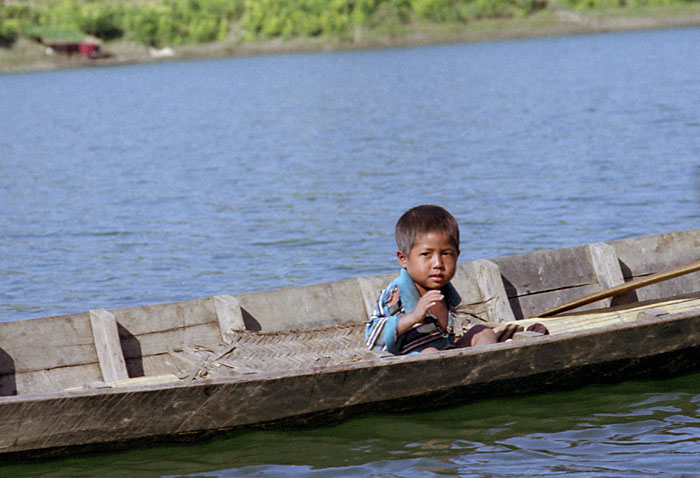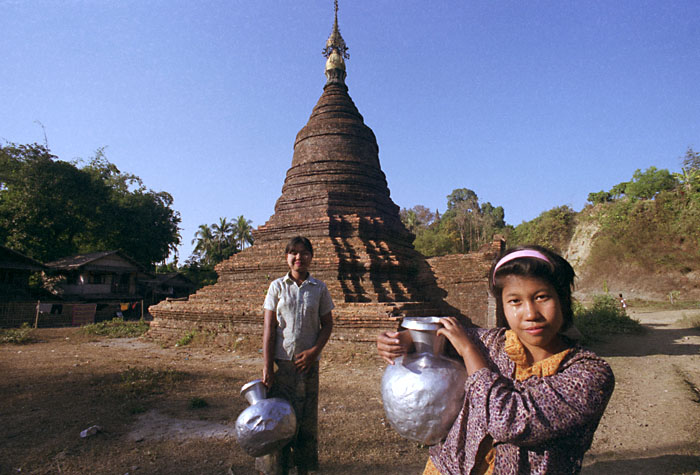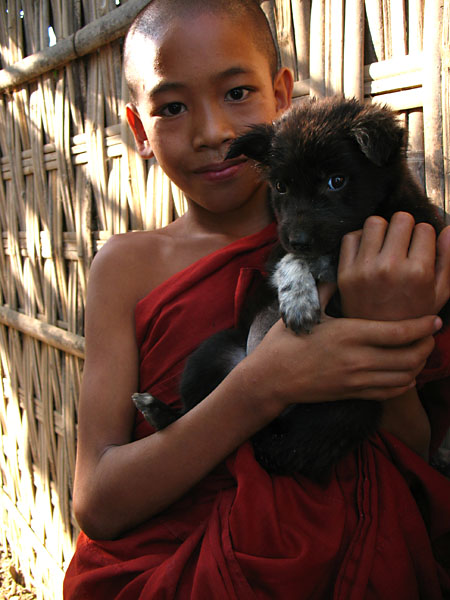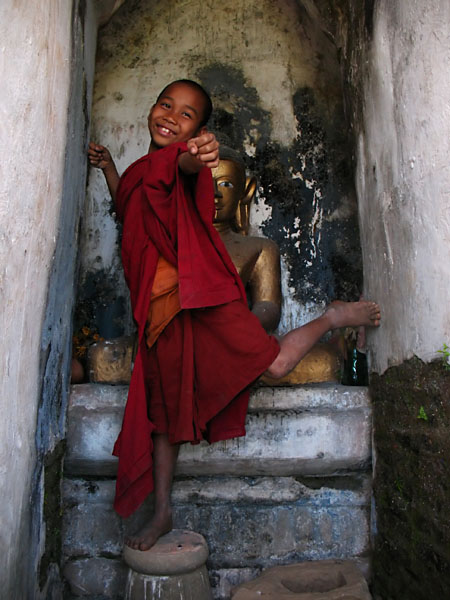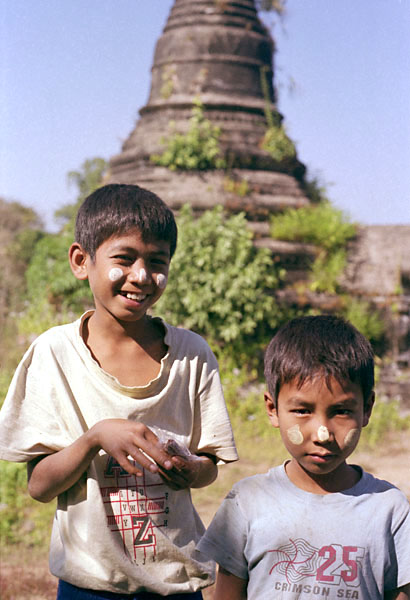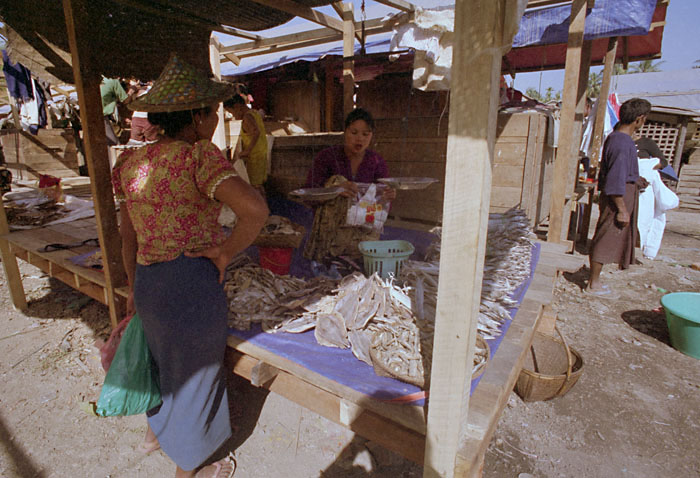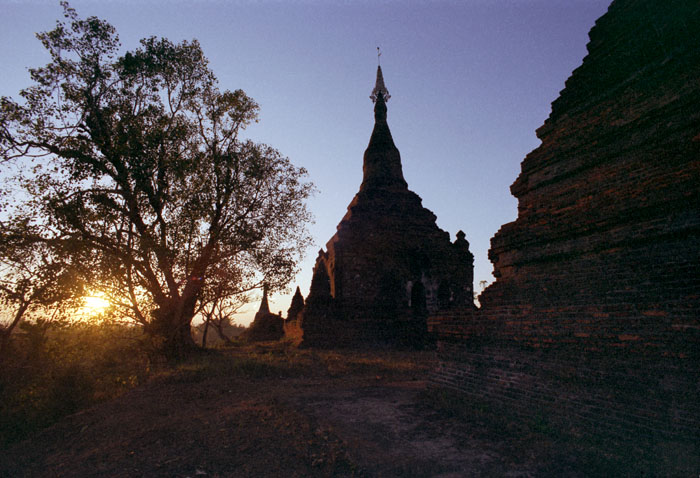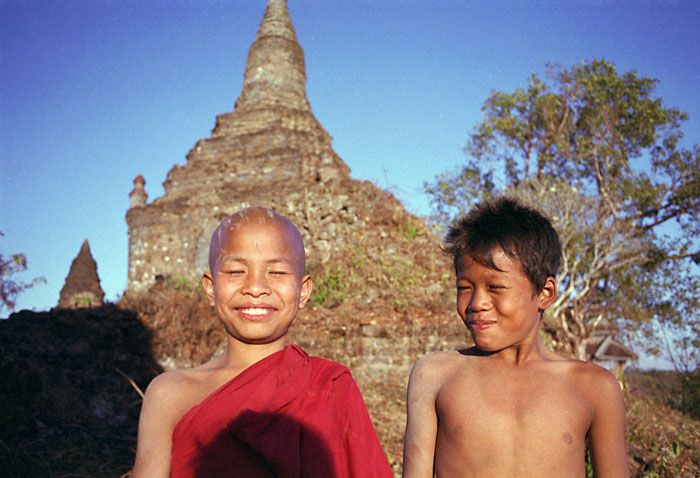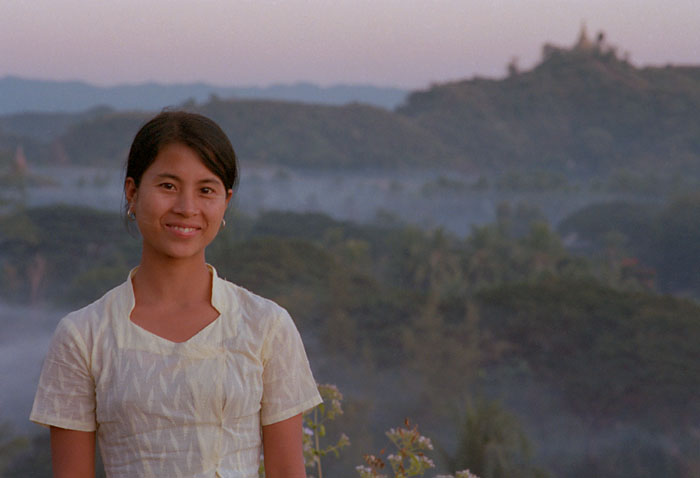Candy for the kids | Cho Mee, Myanmar

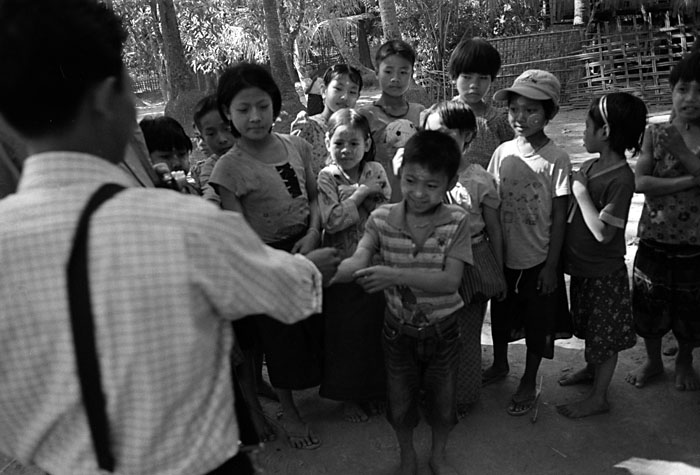
Olympus OM-2N | Kodak Plus-X
I had gently questioned our guide Than Htun about distributing candy; trying not to offend, I mentioned the problem with keeping teeth healthy, and in a roundabout way explained I wanted to discourage creating a begging culture.
I was feeling extra-sensitive about this because the Swiss family I'd met the previous day said their guide had also brought candy and they'd bought additional candy to distribute directly. Since I assumed we were visiting the same villages, the explanation that "they only have one piece when I come, once a week," didn't really wash.
But how to argue? Htun got great pleasure out of distributing the candy, and had a child of his own so it wasn't that he didn't know the responsibilities of parenthood. The children were surprisingly respectful; they gathered around eagerly but waited their turns.
As for the teeth—with the Chin men & women taking the countrywide betelnut addiction to the extreme, perhaps the occasional sweet wasn't going to be their children's biggest problem.
